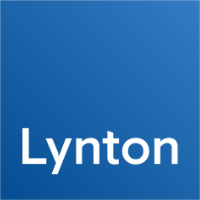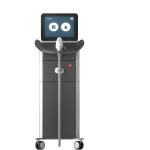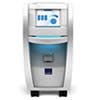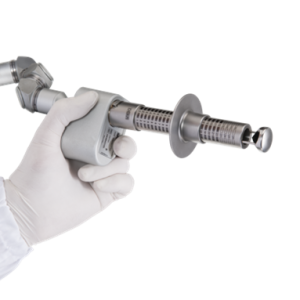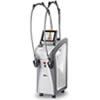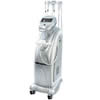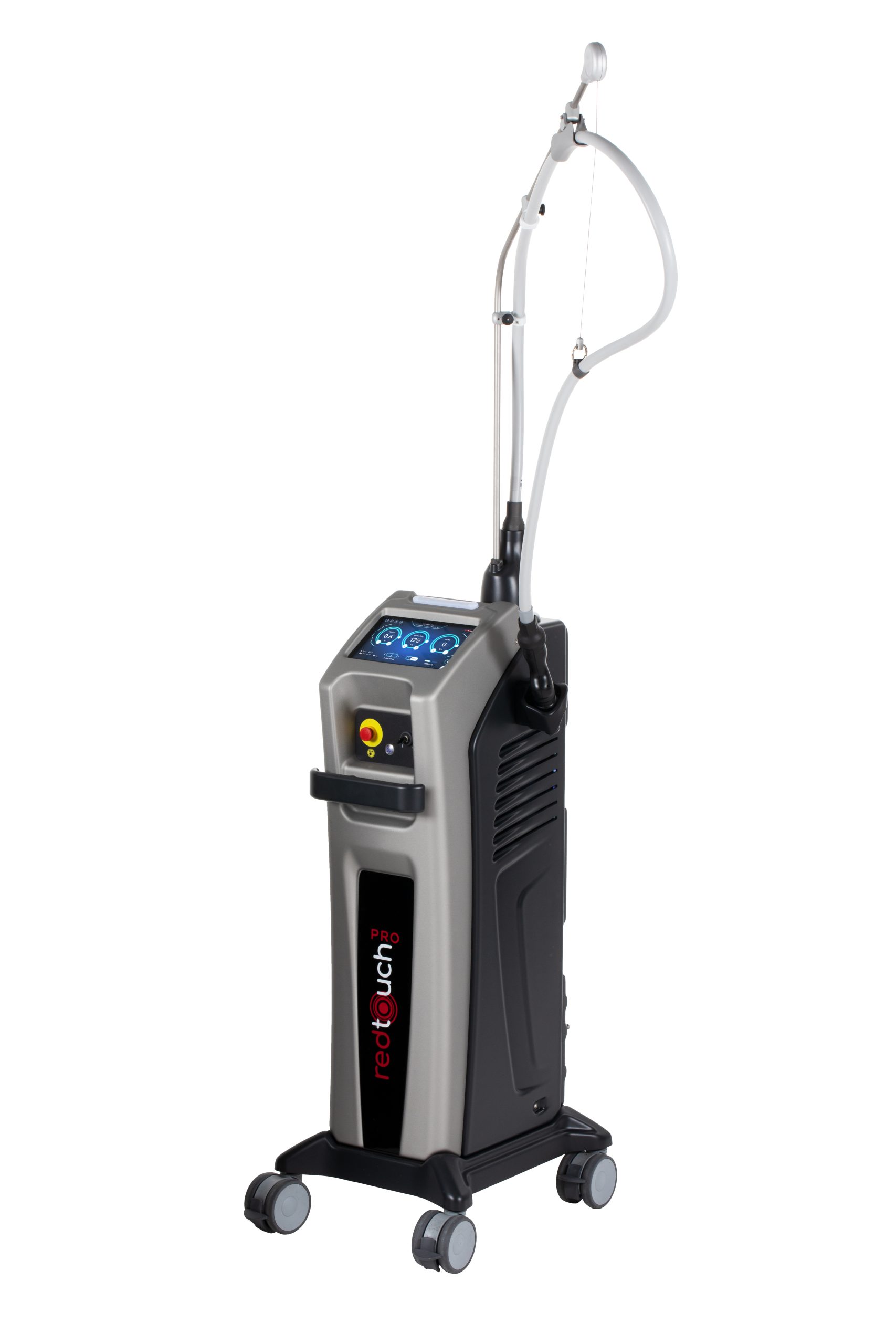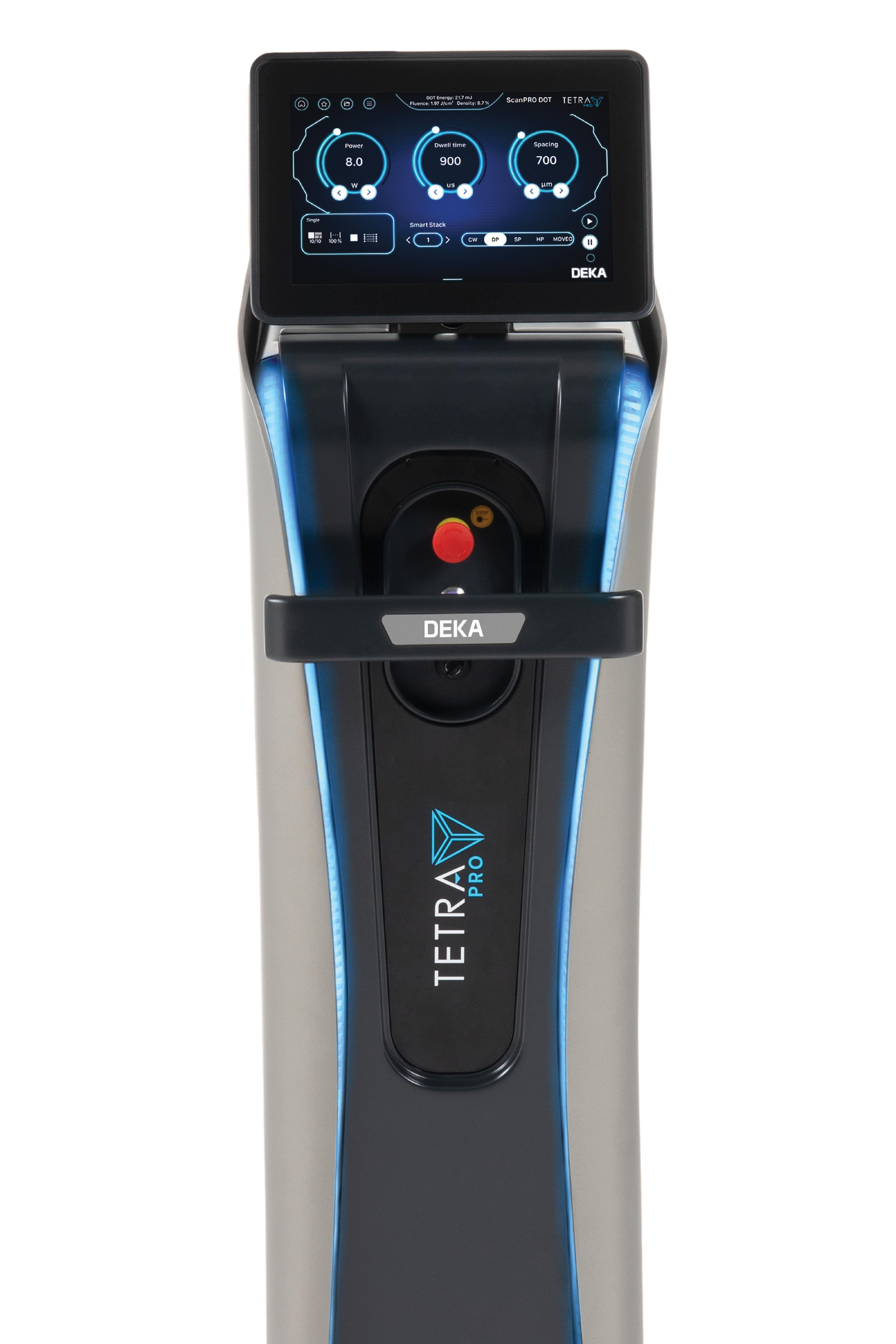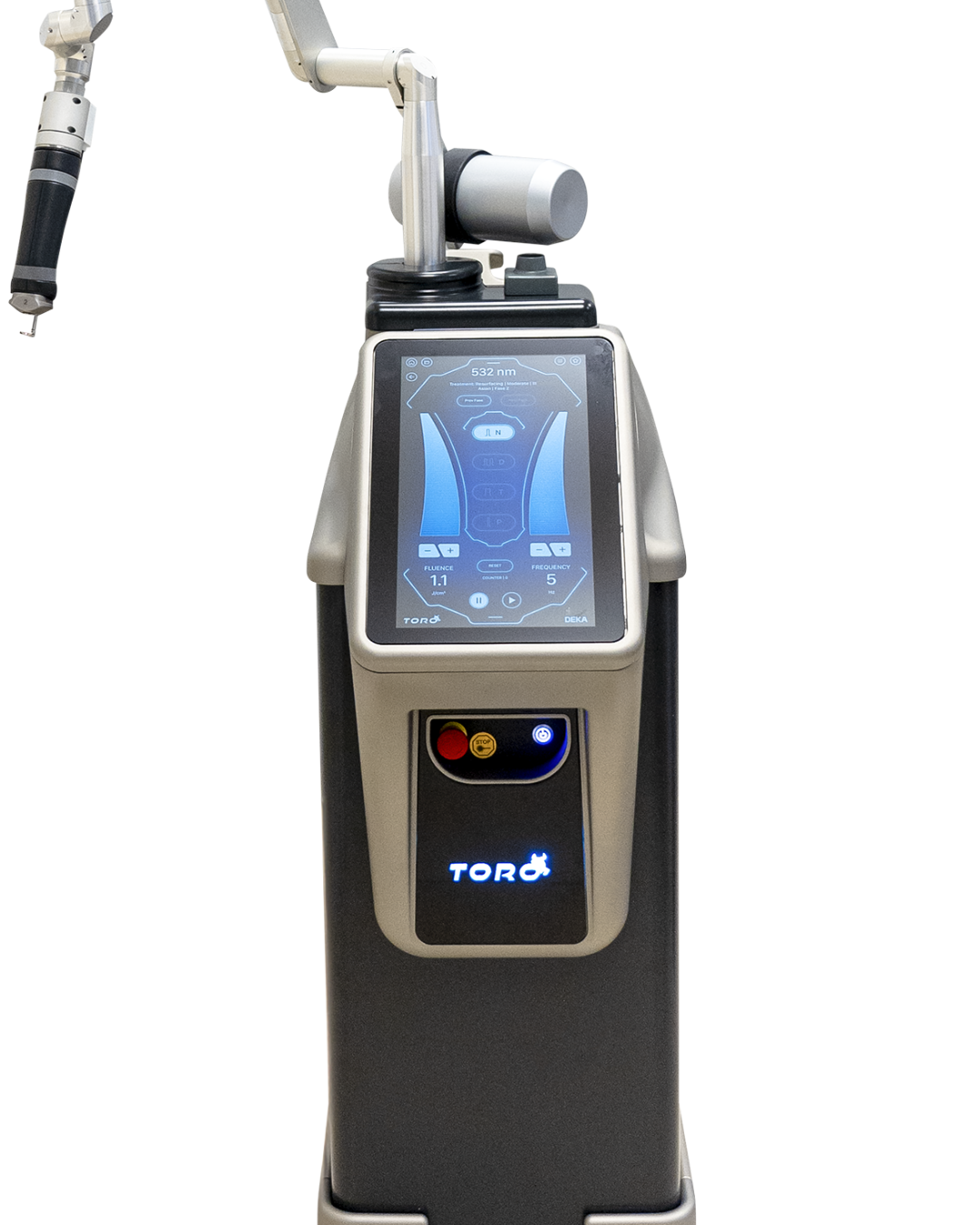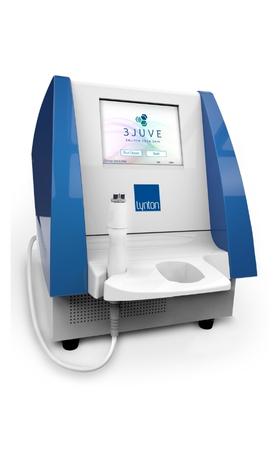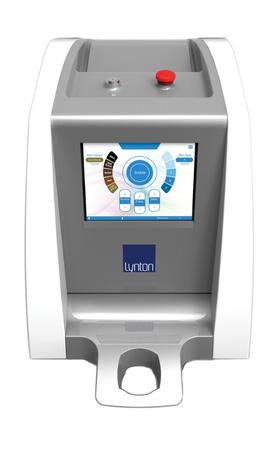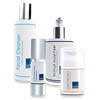Laser Surgery has become a powerful and indispensable instrument in dermatology. The phenomenon at the basis of laser applications is the conversion of laser energy into heat. Depending on the temperature reached in a specific area, the thermal energy produced is capable of coagulating, vaporising or ablating tissue.
The most reliable and effective laser source in this field is the CO2 laser – it guarantees complete control of the vaporisation depth at all times while performing delicate and precise superficial ablations on numerous dermatological lesions.
Increasingly more accurate pulse management enables optimisation of the release of heat to the tissues, minimising undesirable side effects (scarring and dyschromic effects), and preserving the adjacent perilesional areas, which signifies rapid and efficacious re-epithelisation.
Applications
The possibility of performing precise and delicate vaporisation widens the potential range of applications of ablative lasers in Dermatology:
Blepharoplasty (Madonna Eyelift), Sebaceous adenomas, Seborrhoeic and actinic keratoses, Actinic cheilitis, Scars (acne, surgical, traumatic, from chicken pox), Acuminate condylomas, Chondrodermatitis nodularis helicis, Dermatofibromas, Superficial dyschromias, Pendulous fibromas, Telangiectasic ganulomas, Apocryphal cystomas, Leukoplakia, Favre-Racouchot’s disease, Facial milia, Skin neurofibromas, Epidermal and sebaceous nevi, Otophyma, Papillomas of the oral cavity, Rhinophymas (glandular type), Syringomas, Trichoepitheliomas, Warts, Xantelasmas.
